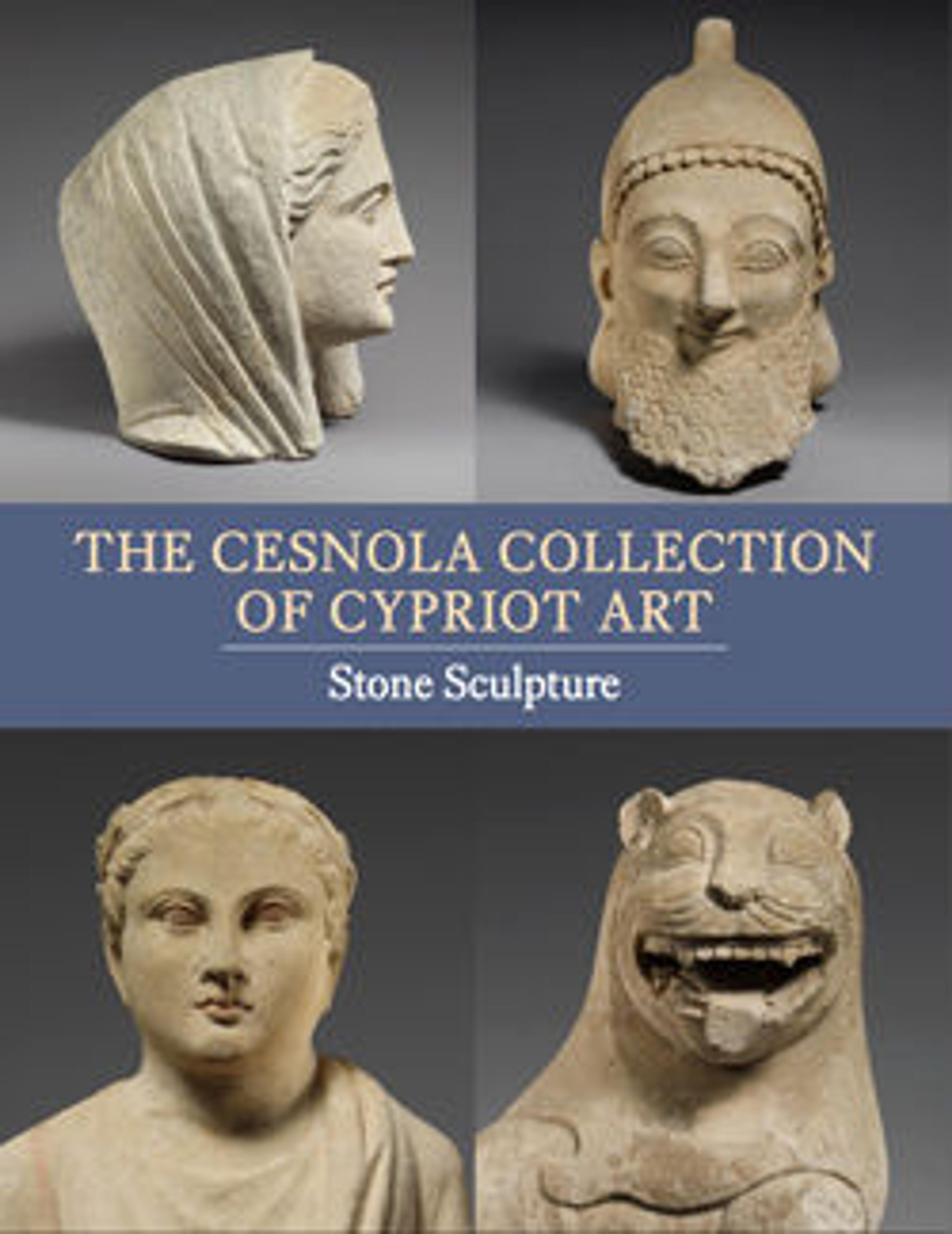Alabaster alabastron (perfume vase)
Alabastra are ubiquitous in the Greek world and frequent in neighboring regions, particularly the Levant and Egypt. On Cyprus, stone examples begin during the Archaic period (seventh and sixth centuries B.C.) and become widespread during Classical times. The consistency of the shape makes it difficult to date them and to distinguish local from imported examples. Deposits of alabaster exist on the island. Alabastra served men and women in life and frequently were placed in burials.
Artwork Details
- Title: Alabaster alabastron (perfume vase)
- Period: Classical
- Date: 5th–4th century BCE
- Culture: Cypriot
- Medium: Gypsum (alabaster)
- Dimensions: H. 5 1/4 x 1 3/4 in. (13.3 x 4.4 cm)
- Classification: Miscellaneous-Stone Vases
- Credit Line: The Cesnola Collection, Purchased by subscription, 1874–76
- Object Number: 74.51.5101
- Curatorial Department: Greek and Roman Art
More Artwork
Research Resources
The Met provides unparalleled resources for research and welcomes an international community of students and scholars. The Met's Open Access API is where creators and researchers can connect to the The Met collection. Open Access data and public domain images are available for unrestricted commercial and noncommercial use without permission or fee.
To request images under copyright and other restrictions, please use this Image Request form.
Feedback
We continue to research and examine historical and cultural context for objects in The Met collection. If you have comments or questions about this object record, please contact us using the form below. The Museum looks forward to receiving your comments.
